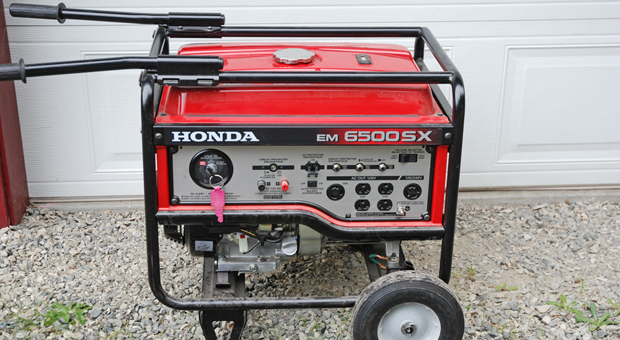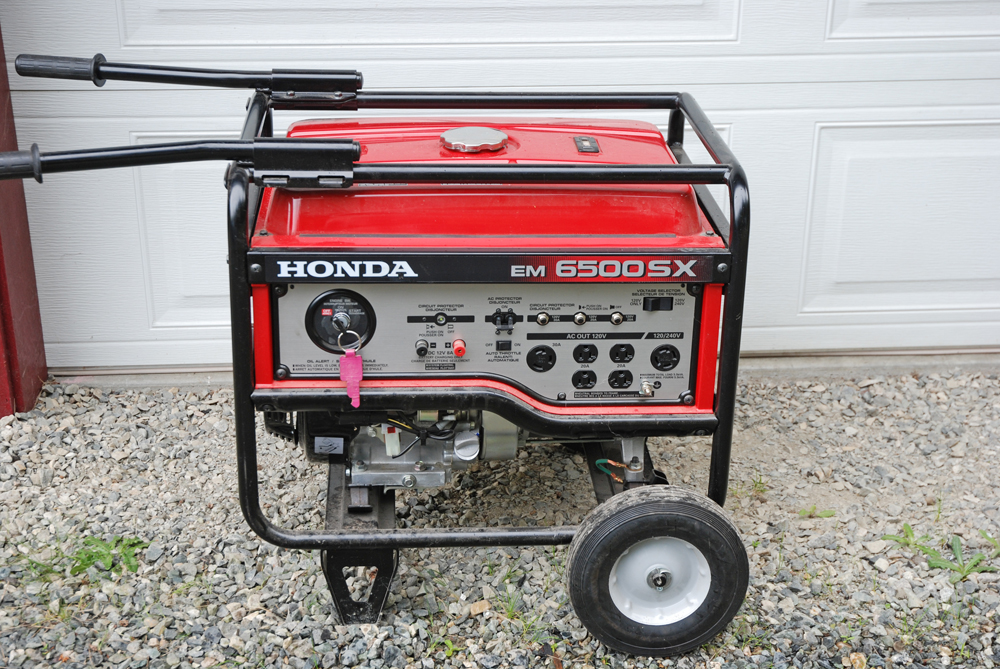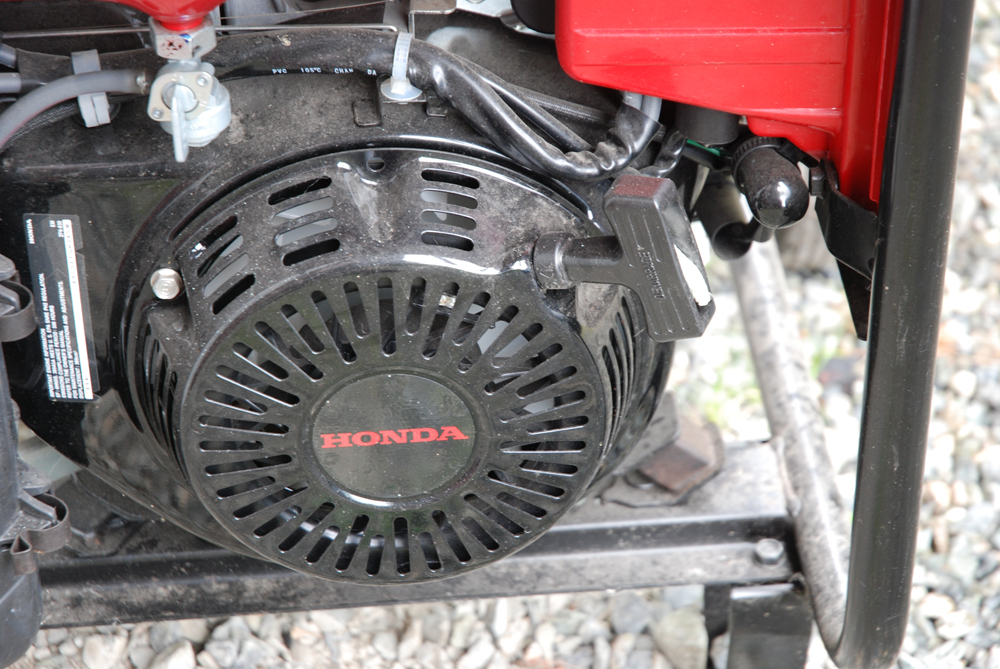

Get a Charge out of This: Picking the Right Generator
Generators are a common sight (and sound) in motorsports. Everyone from the touring pro to the low buck little guy racer seems to have one. Of course, the big guns often have massive diesel-powered gen-sets buried deep within the bowels of their semi trailers. Wander though the pits of any race event and you can regularly hear the characteristic generator drone, even over the cacophony of multiple nitro methane bullets as they warm up in the pits. These are all-powerful pieces of machinery (some could probably light a small town for a day or two), but just as important, they’re expensive.
On the other end of the spectrum are the small, portable gasoline-powered generators – the ones used by little guys like us. These pieces of machinery are, for the most part, affordable, are easily moved and perhaps most important, are efficient to operate. Although the scope of this series prevents us from examining each and every portable gas-powered generator available on the market, we will provide you with insight into generator selection.
Something else: For some of us who are, uhm, “Rural”, the racecar support generator does double duty. For this writer at least, our gen set gets fired up at least a half dozen times during the winter. Sometimes the generator is in use for a couple of days at a time. This means we have a pretty idea of what works and what doesn’t. It also means we need a generator that is somewhat portable (wheels are good idea!), so that it can be moved from the garage to the trailer and back again.

Power = Watts
When selecting the generator AC output, one of the most important steps is to determine the power requirements (measured in Watts or Kilowatts) of the equipment you intend to run. Virtually all electrical tools, lights and even small appliances along with larger pieces of electrical equipment have tags affixed to their bodies. On these tags you’ll find the wattage requirement. Add up the wattage requirement on all of the equipment you intend to run before making the generator purchase.

Coffee & Toast To Go?
You might be surprised to find that some items that seem insignificant have major watt draws. As an example, a common 3/8-inch electric drill has a wattage requirement of approximately 240. A common 1/2-inch drill has a requirement of 600 watts. A small refrigerator consumes approximately 350 watts (running). OK. No big deal. But guess what the wattage requirement of a simple two-slice toaster works out to? Try 1,000 watts! Similarly, a large drip type coffee maker can mandate as much as 1500 watts while a medium to large microwave oven might need 1400+ watts. Simply stated, a very small generator won’t be capable of running a 3/8-inch electric drill and a coffee maker (or toaster) if you’re so inclined.

Certain items that feature large electric motors (a compressor or a roof air conditioning unit are good examples) require more wattage for startup rather than operation. If you intend to operate electrical equipment such as this, be certain that your generator is large enough to handle both the startup and the running requirements. Further to this, some generators have rated capacities for “running” along with added capacity for “startups” (usually in the order of 10% more “startup” capacity).
The following chart shows equipment that generators can operate, based upon rated watts and rated amperage (@ 120 V). By no means is this chart complete or specific, but it should give you a general idea about generator capacity:


| Appliance | 550 W4.6 A | 900 W7.5 A | 1200 W10 A | 2000 W10 A | 3000 W25 A | 4500 W37.5 A |
| Charge Battery | Yes | Yes | Yes | Yes | Yes | Yes |
| 3/8″ Drill | Yes | Yes | Yes | Yes | Yes | Yes |
| Color Television | Yes | Yes | Yes | Yes | Yes | Yes |
| Refrigerator | No | No | Yes | Yes | Yes | Yes |
| ½” Drill | No | No | No | Yes | Yes | Yes |
| Coffee Maker | No | No | No | Yes | Yes | Yes |
| Toaster | No | Yes | Yes | Yes | Yes | Yes |
| Microwave Oven | No | No | No | Yes | Yes | Yes |
| Roof A/C Unit | No | No | No | No | Yes | Yes |
Next issue, we’ll dig deeper into what to look for. Watch for it.


Leave a Reply